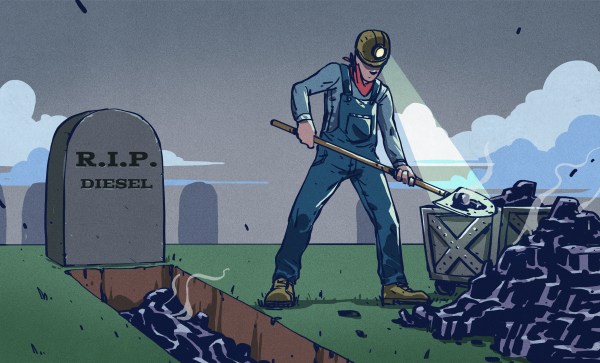Diesel is a fuel that has had a mixed history, with varying levels of take-up by consumers around the world. In the world of transport, diesel engines have offered better fuel economy and torque than comparable gasoline engines. Particularly popular in Europe, diesel established a strong consumer base in both small commuter cars as well as heavy vehicles such as trucks and buses.
Despite this, the tide is turning, and for the average motorist, diesel’s days may be numbered. Why is this the case, and what are the potential alternatives vying for diesel’s crown?
Plenty of Pros, but Plenty of Cons

Diesel is a hydrocarbon fuel with several advantages over gasoline. Its lack of volatility makes it workable to use in a compression-ignition mode, and diesel engines can be run with lean fuel-air ratios. It also has a higher volumetric energy density than gasoline, and thanks to low volatility, diesel engines can run at significantly higher compression ratios without risking detonation. These benefits allow diesel engines to produce significantly more torque than similarly sized gasoline engines, and they can offer fuel economy gains in excess of 15%.
Unfortunately, diesel also comes with its fair share of drawbacks. Diesel engines are typically poor when it comes to power to weight ratio, as their high compression ratio and torque output demands heavier materials in their construction. The major bugbear of the diesel engine, however, is its emissions. Despite greater fuel efficiency, carbon dioxide output from a diesel engine is often far worse than that of a comparable gas motor. Additionally, their lean-burning nature leads to production of high levels of oxides of nitrogen (NOx), which have major negative environmental effects. There’s also the problem of particulate pollution, which is responsible for respiratory harm in humans. Diesel automobiles rank significantly worse than gasoline vehicles in all these areas. It’s begun to cause figurative headaches for the industry, and literal headaches for the public. Continue reading “The Future Of Diesel Is On Shaky Ground”














